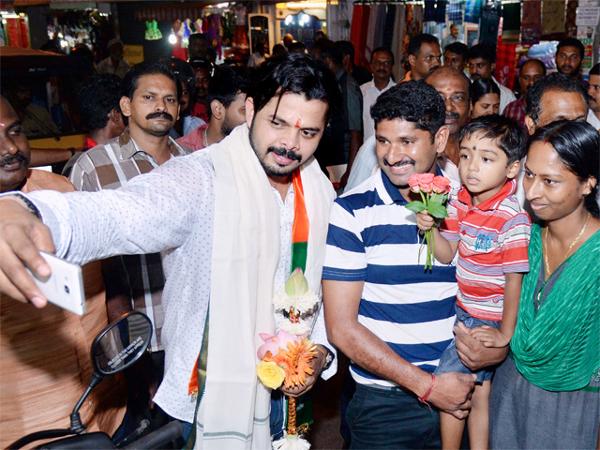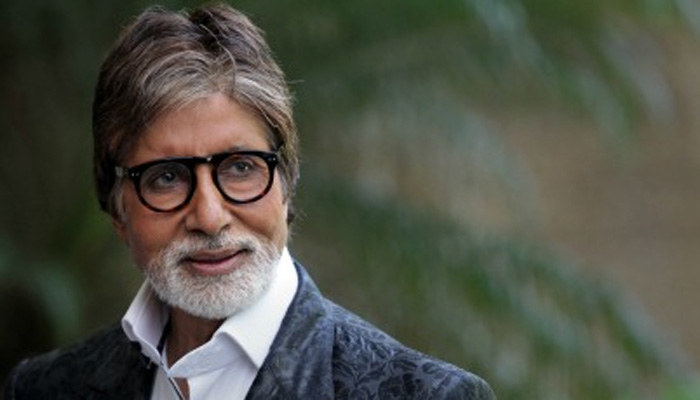Over 20 years and five assembly elections—as women became better educated, led a variety of popular movements, voted in and contested elections in ever greater numbers in Kerala—the number of directly elected female legislators has steadily declined, according to our analysis of electoral data.
The percentage of female members of the legislative assembly (MLAs) fell from 10.23% in 1996 to 6.06% in 2016, even as the number of women candidates doubled over these five elections.
In an overwhelmingly male-dominated country, this statistic from Kerala’s 2016 assembly elections appeared remarkable: 105 women contested—a third as independents, as we reported, indicating a determination to go it alone—up from 83 in 2011.
The lack of success clearly is not for want of trying. But success does not appear to be correlated with the growing number of women turning out to vote. As many as 78% women voted in the 2016 election, up from 75% in 2011. The male polling percentage in 2016 was 76%.
The data appear to suggest that although women are contesting and voting in record numbers, they are not voting for other women.
(Sourced from agencies, Feature image courtesy:economictimes.indiatimes.com)

























